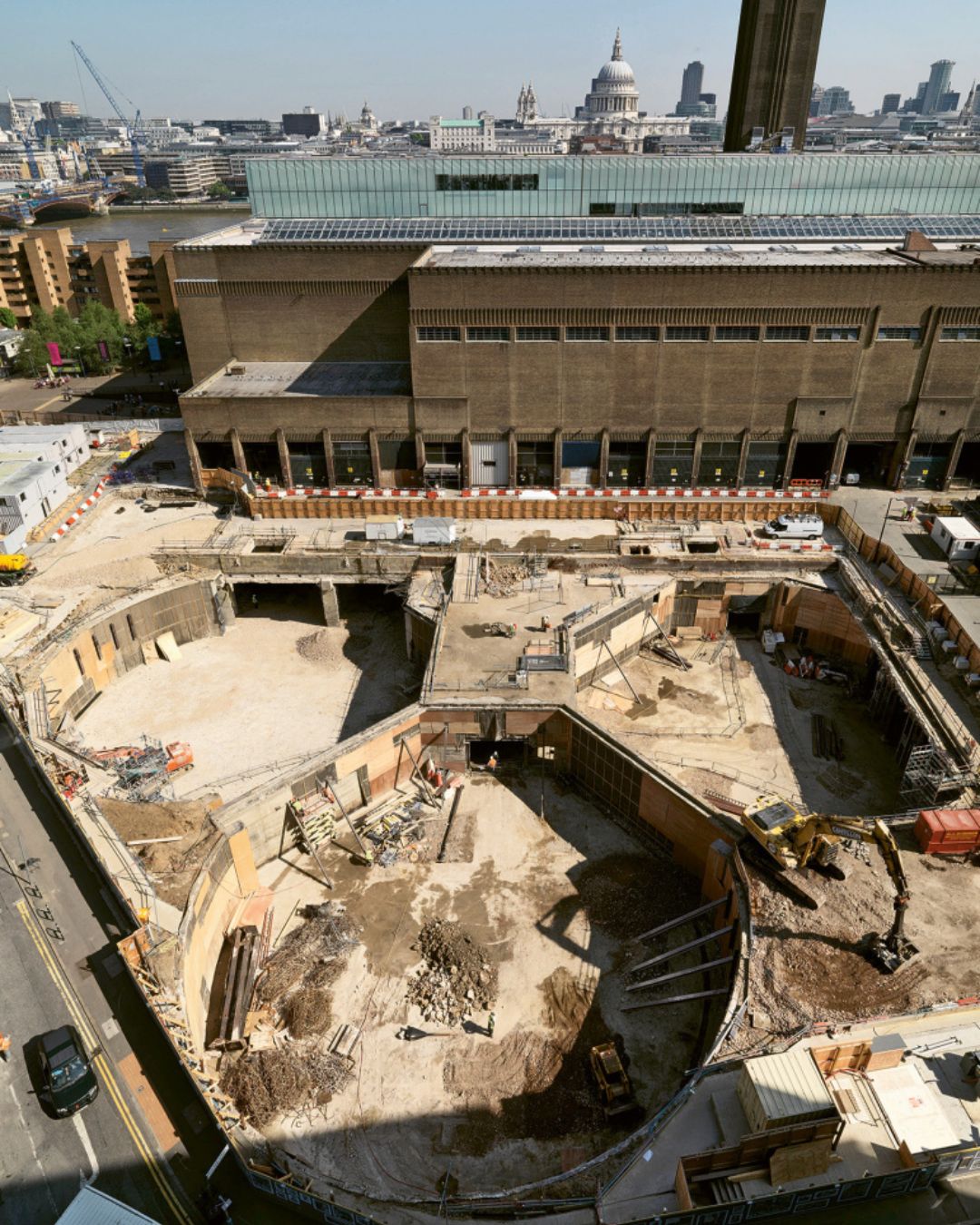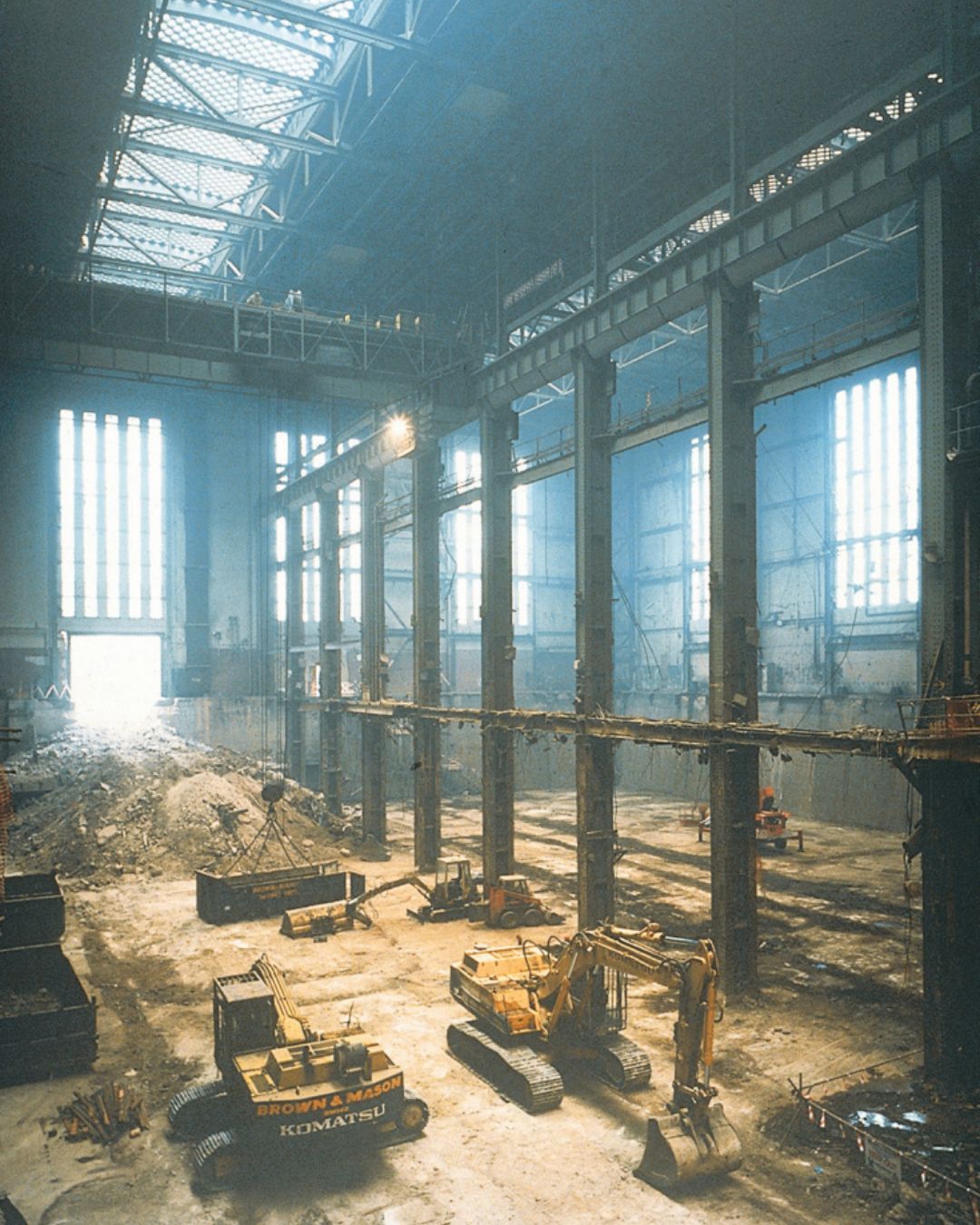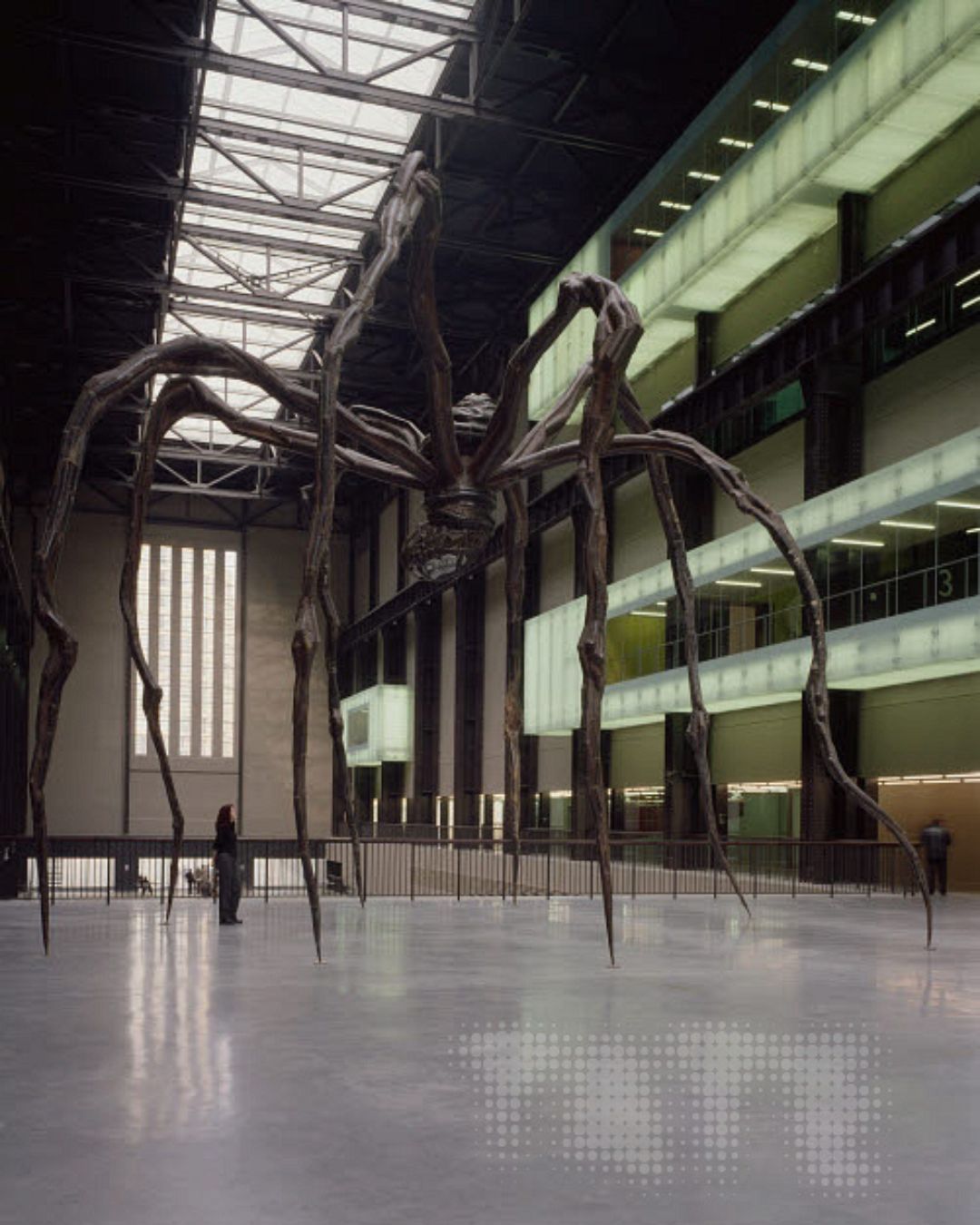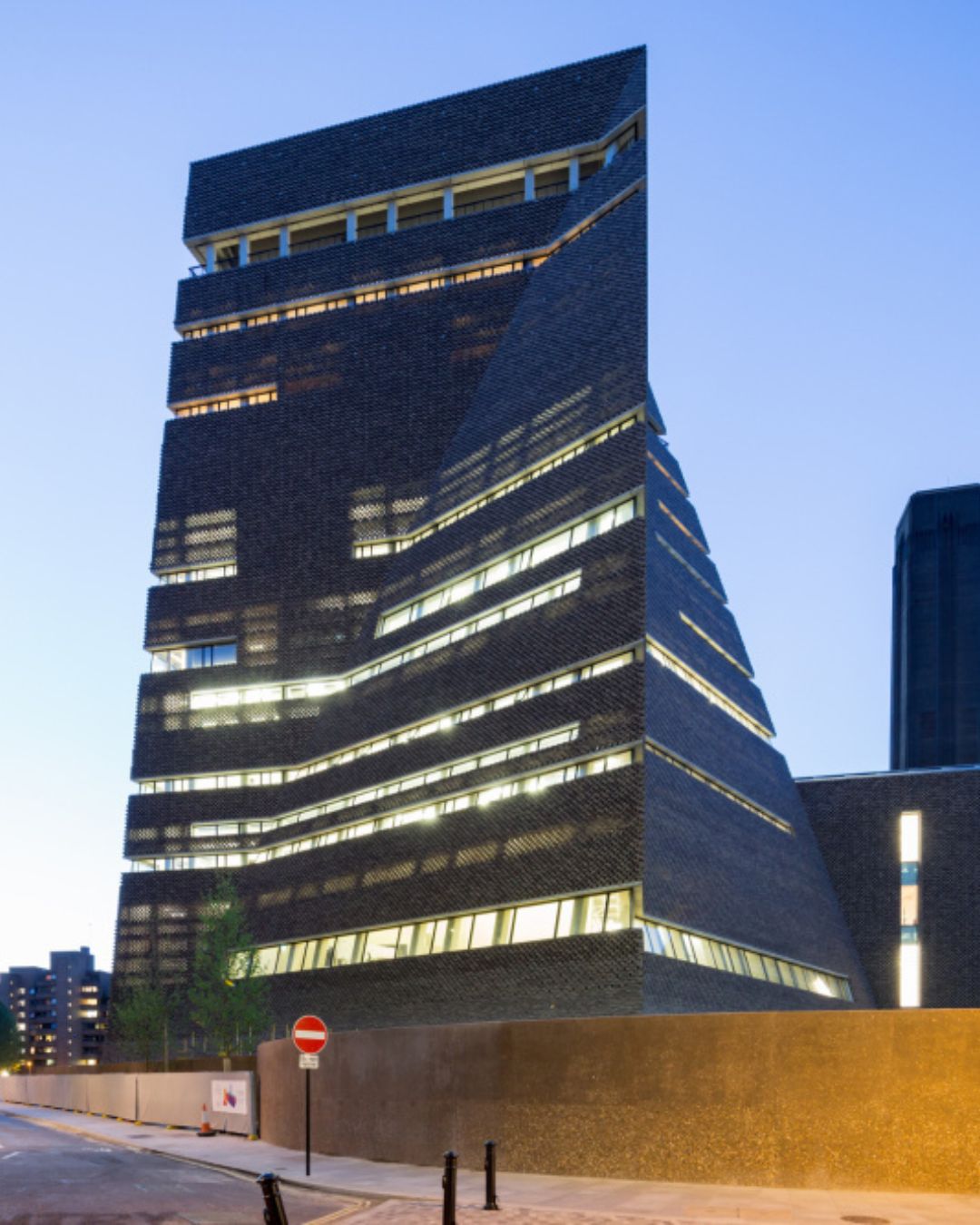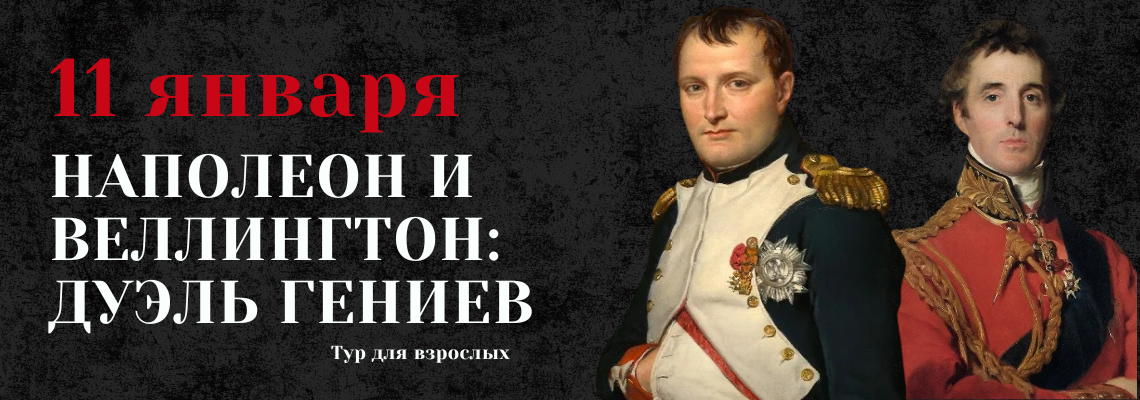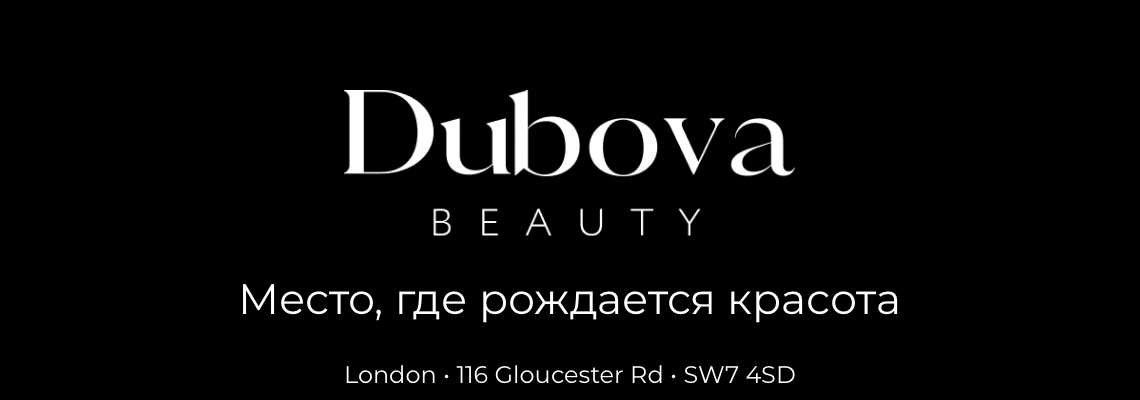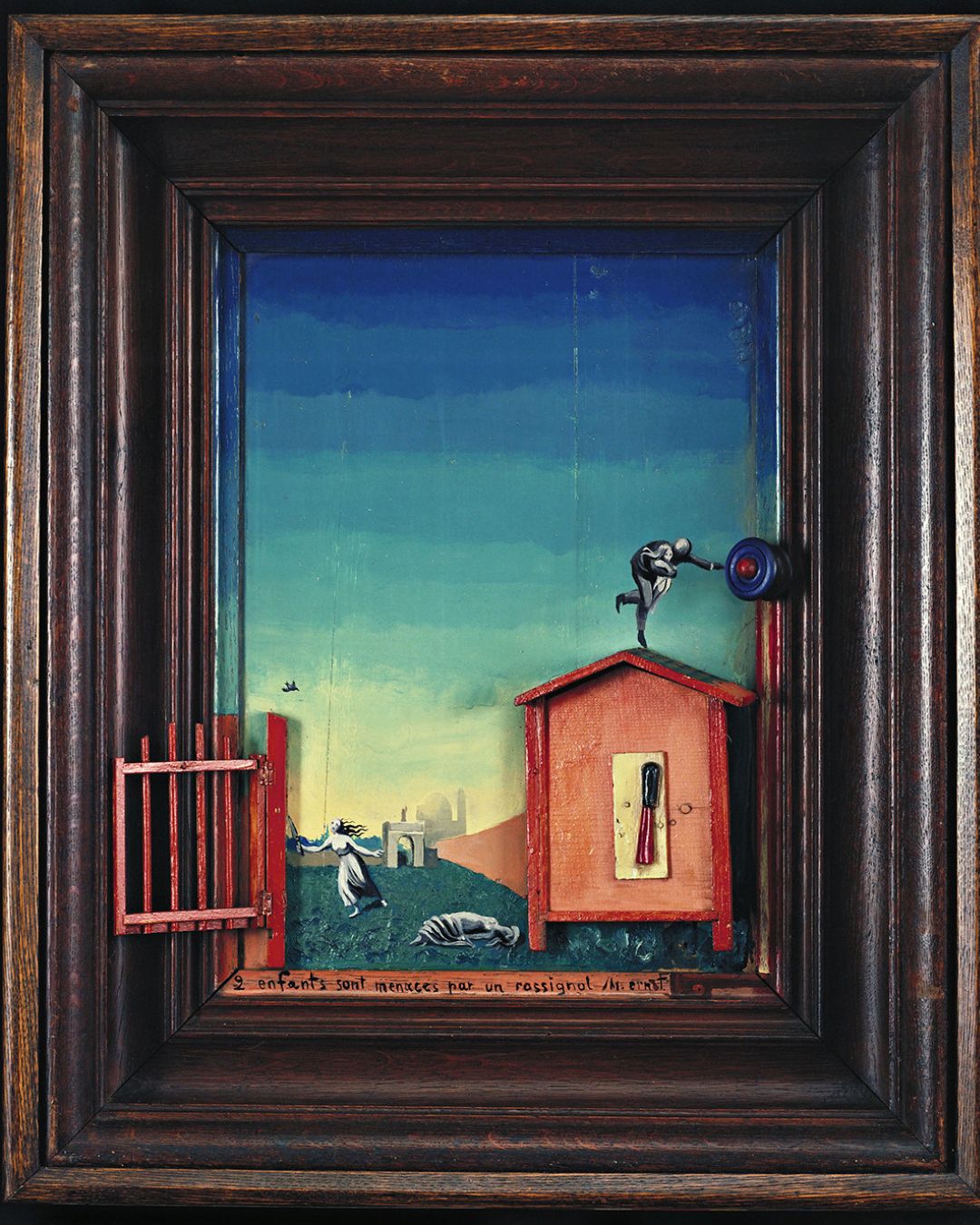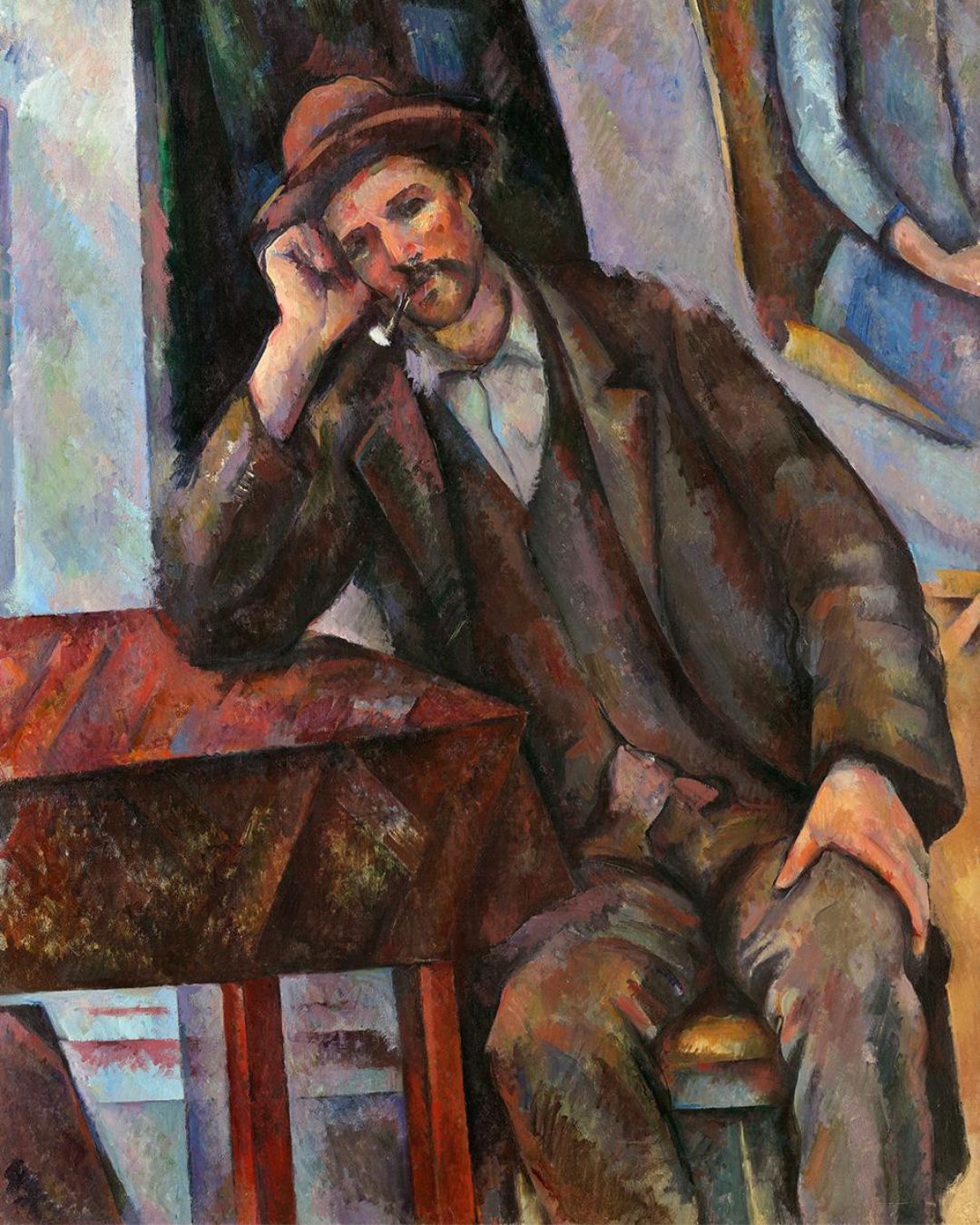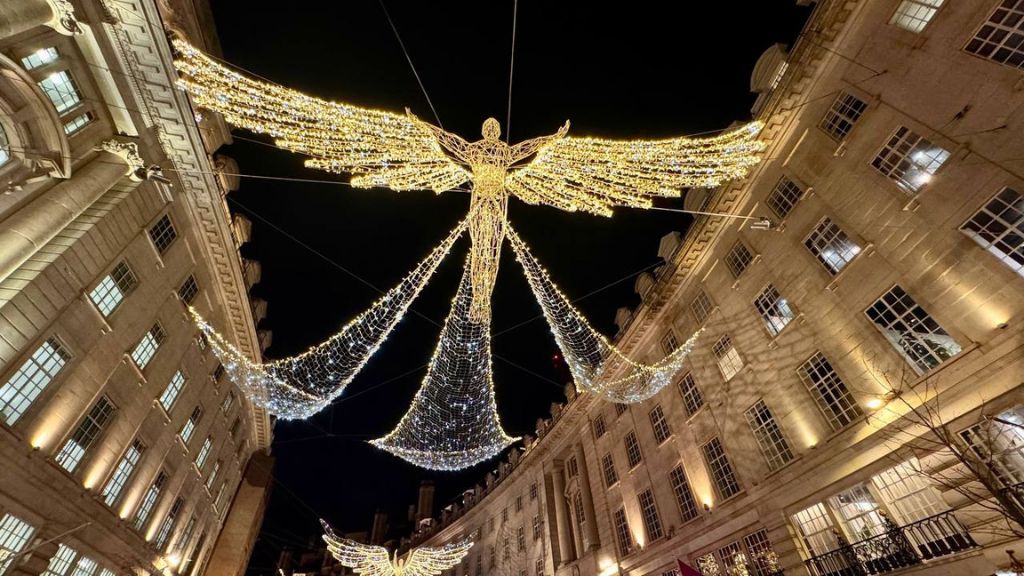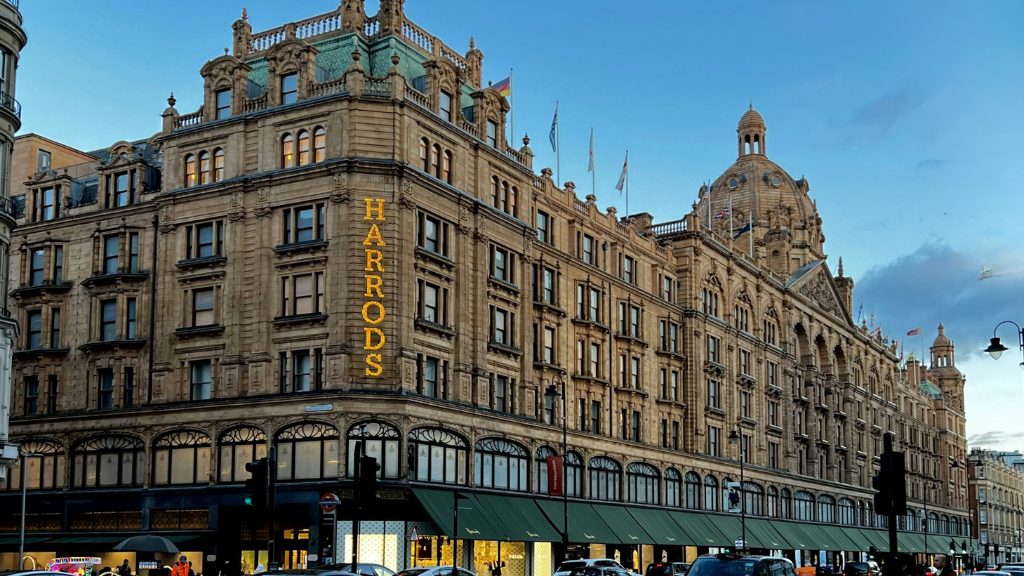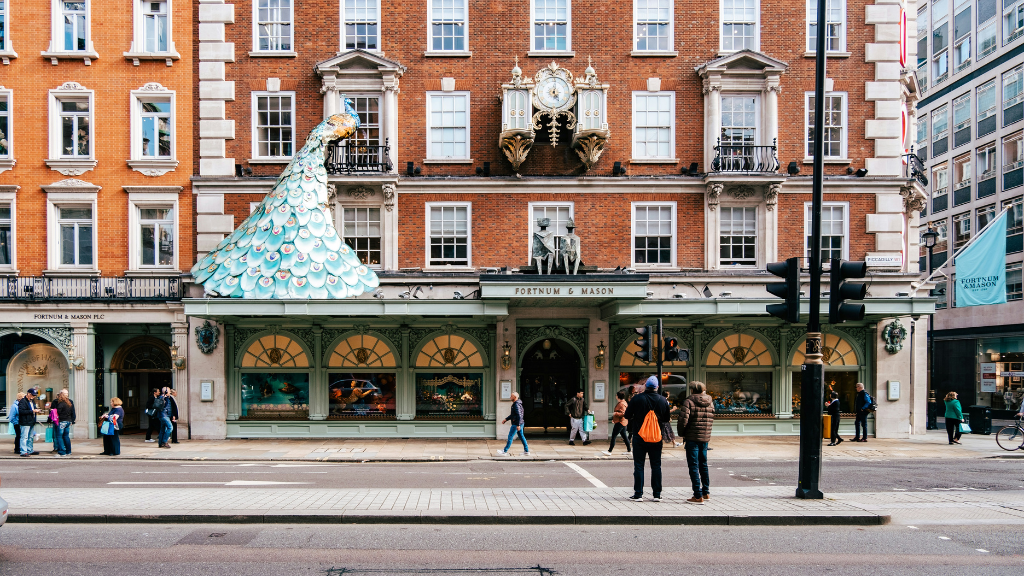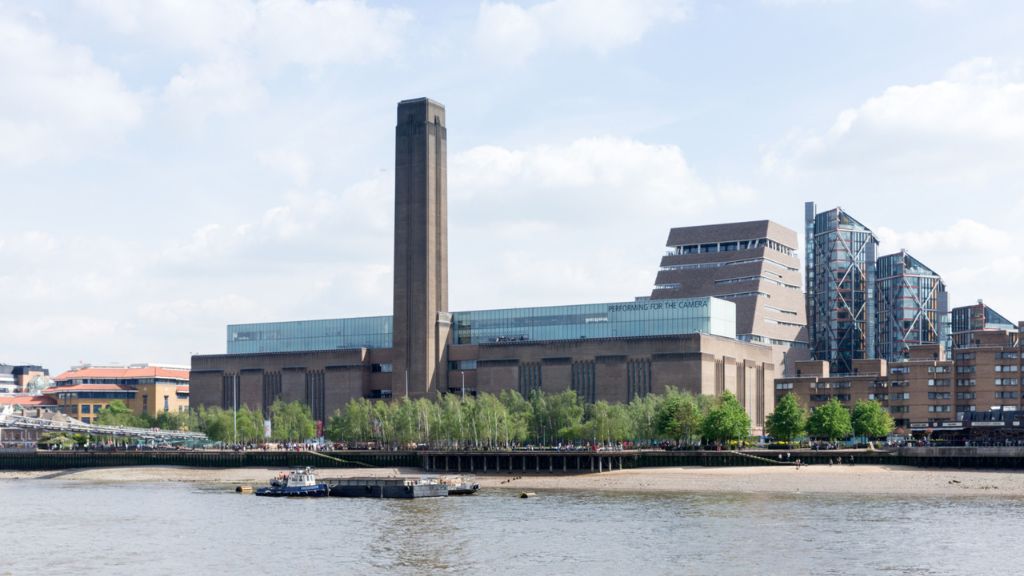
25 years of artistic experimentation: Tate Modern marks a landmark anniversary
Since opening its doors in May 2000, Tate Modern has welcomed over 40 million visitors and become one of the UK’s most iconic cultural destinations, generating around £100 million a year for the London economy. As one of the world’s largest and most influential modern art museums, it has remained free to enter (with some ticketed exhibitions), a cornerstone of democratic access to contemporary culture. As Tate Modern celebrates 25 years at the forefront of contemporary art, Afisha.London, the art and culture magazine, revisits its beginnings, growing pains, iconic milestones, and what’s planned for the jubilee.
How Tate Modern came to be
Named after sugar magnate Henry Tate, who donated his personal collection of 19th-century British art to the nation in 1889, the first Tate gallery opened in 1897 with a single exhibition room. Today, the Tate network includes four institutions (Tate Britain, Tate Modern, Tate Liverpool, and Tate St Ives) and holds nearly 70,000 works in its national collection.
The idea for a separate gallery dedicated to modern art emerged in 1992. Trustees decided to retain historic British art at the original site (renamed Tate Britain) and house the new collection in Bankside Power Station. Swiss architects Herzog & de Meuron led the redesign, preserving the industrial character of the building.
- Photo: Herzog & de Meuron Basel Ltd.
- Photo: Herzog & de Meuron Basel Ltd.
Constructed between 1947 and 1963 to the design of Sir Giles Gilbert Scott, the power station had stood abandoned since 1981. In 1996, planning was approved, a £12 million grant was secured, and work began. Stripped to its steel frame and brickwork, the building was reborn: the former turbine hall became a dramatic entrance and exhibition space, and the boiler house was converted into galleries.
Read more: The Baroness with a brush: how Russian émigré Tamara de Lempicka conquered the art world
The opening in May 2000 drew leading figures from art and politics, including then-Prime Minister Tony Blair. Queen Elizabeth II officially inaugurated the space, where guests were greeted by Louise Bourgeois’s giant spider sculpture.
- “Maman” by Louise Bourgeois (1999). Photo: © The Easton Foundation
- Photo: Herzog & de Meuron Basel Ltd.
In 2009, Herzog & de Meuron returned to expand the site, repurposing former oil tanks. The project culminated in 2016 with the opening of a new building — initially known as Switch House and later renamed the Blavatnik Building, in recognition of billionaire Len Blavatnik’s £260 million donation.
Not without challenges
While Tate Modern quickly became a beloved space for Londoners and tourists alike, it has not been immune to difficulties. The pandemic saw a significant drop in footfall across the Tate network, with 2.7 million fewer visitors in five years. Today, with 4.6 million annual visitors, Tate Modern ranks fourth among UK museums, behind the British Museum, The Windsor castle, and the Natural History Museum.
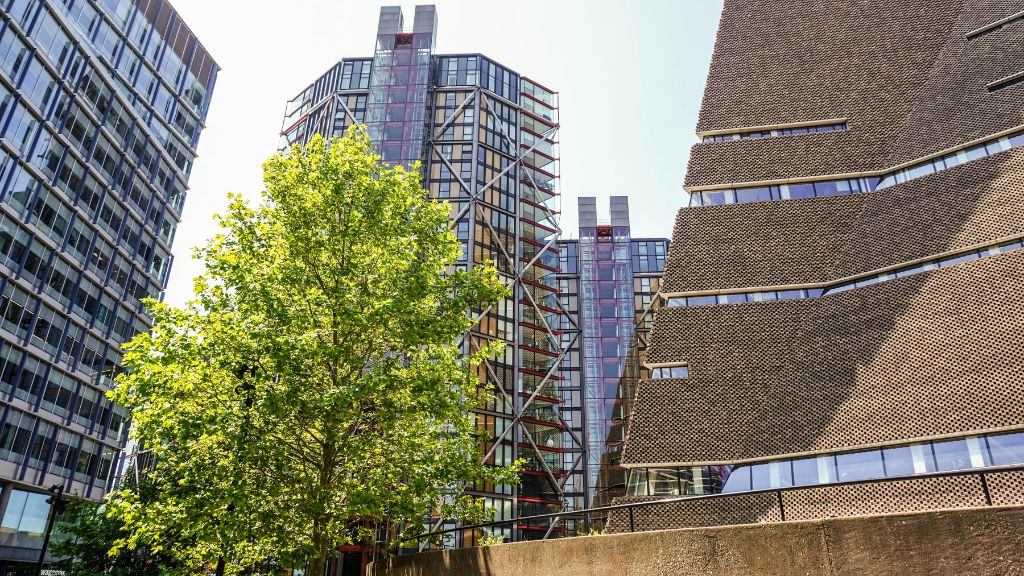
Photo: Bradley Leftley / Unsplash
Financial pressures led to plans for a 7% staff reduction. The gallery also faced legal disputes when residents of a neighbouring luxury tower sued over views from the Blavatnik Building’s viewing platform into their homes. Initially dismissed in 2020 with the suggestion to “draw the blinds,” the case reached the Supreme Court, which ruled in favour of the residents. Large sections of the once-popular viewing terrace have since been partially closed to the public following the court ruling.
Major moments and provocations
Tate Modern’s history is marked by unforgettable exhibitions Olafur Eliasson’s 2003 The Weather Project transformed the Turbine Hall into a cavernous space bathed in artificial sunlight and mist. He returned to Tate Modern with a major solo exhibition in 2019, featuring immersive installations as well as Ice Watch — a striking public piece involving blocks of melting glacial ice placed outside the museum, confronting viewers with the realities of climate change. Ai Weiwei’s Sunflower Seeds (2010–11), consisting of 100 million porcelain replicas, initially allowed visitors to walk across the work, until health concerns restricted access. Tate acquired 8 million seeds for its collection.
Damien Hirst’s 2012 retrospective drew both record numbers and public controversy with installations featuring a shark in formaldehyde and dead butterflies. That same year, Yayoi Kusama’s Infinity Rooms captivated audiences and became a fixture in Tate’s programming. Kusama returned to Tate Modern with a dedicated exhibition in 2021–2022, and her mirror rooms proved so popular that they were extended due to demand — with over 340,000 visitors attending, making it one of the most visited paid exhibitions in the gallery’s history.
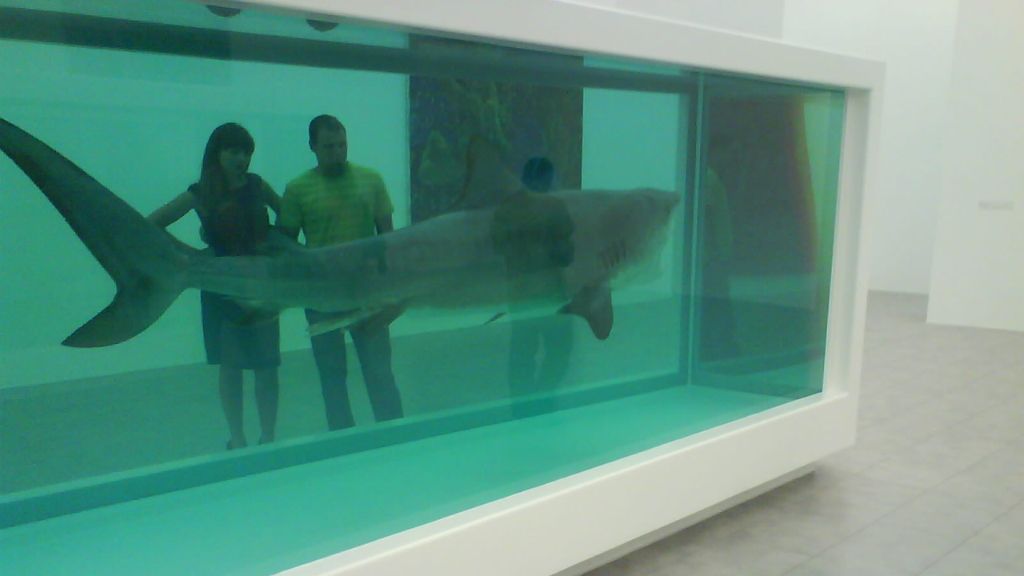
“The Physical Impossibility of Death in the Mind of Someone Living” by Damien Hirst. Photo: Agent001, CC BY-SA 3.0, via Wikimedia Commons
Soviet born artists also made a mark: in 2017, Erik Bulatov’s towering red installation Forward stood in front of the gallery, commemorating the centenary of the October Revolution. It was followed by Not Everyone Will Be Taken Into the Future, a major retrospective of Ilya and Emilia Kabakov, showcasing works from the Moscow underground to their collaborative period in exile.
Read more: ‘Not Just an Exhibition – A Breakthrough’: Ilya and Emilia Kabakov at Tate Modern
Tate Modern went on to host Red Star Over Russia, an exhibition of early Soviet visual culture, and in 2019, the first UK retrospective of avant-garde master Natalia Goncharova, curated by Natalia Sidlina.
The return to form post-pandemic began with two blockbuster exhibitions in 2022: Surrealism Beyond Borders, which spotlighted global surrealist movements beyond Western Europe, and a celebrated show on Paul Cézanne.
- “Two Children Are Threatened by a Nightingale” by Max Ernst (1924). Photo: © 2022 Artists Rights Society (ARS), New York / ADAGP, Paris
- “Man Smoking a Pipe” by Paul Cézanne (1896). Photo: The Pushkin State Museum of Fine Arts
In 2024, the gallery presented works by Kandinsky and the Blue Rider group, and in 2025, it launched a retrospective of radical artist and performer Leigh Bowery, combining fashion, video, and performance in a show that runs until August.
Marking the milestone
To mark 25 years, Tate Modern will host a celebratory weekender from 9 to 12 May. The festivities include free events across visual arts, music, and live performance. Among the highlights: the return of Louise Bourgeois’s spider in the Turbine Hall, and a trail of 25 iconic works displayed around the building — from Andy Warhol’s Marilyn to Salvador Dalí’s Lobster Telephone.
“Tate Modern utterly changed the face of London museums. We didn’t have a museum for contemporary art, and suddenly we had something to rival MoMA and the Pompidou,” says art historian Tim Marlow.
A museum like Tate Modern was long overdue — and for a quarter-century, it has more than lived up to the promise.
Cover photo: Herzog & de Meuron Basel Ltd.
Read more:
Sustainable Technology: The Restart Project
Serge Lifar: reformer of the Paris Opera, the protégé of Sergei Diaghilev, and friend of Coco Chanel
SUBSCRIBE
Receive our digest once a week with quality Russian events and articles

